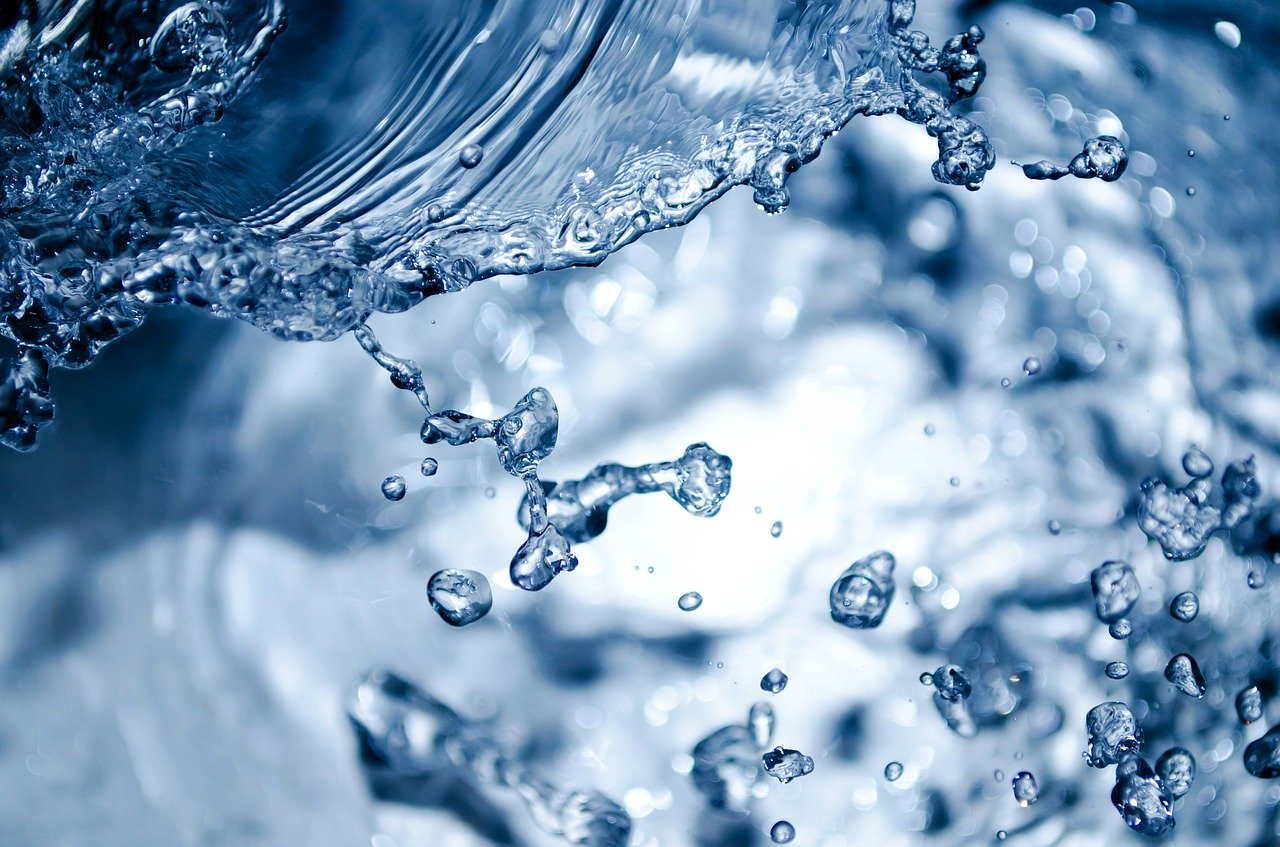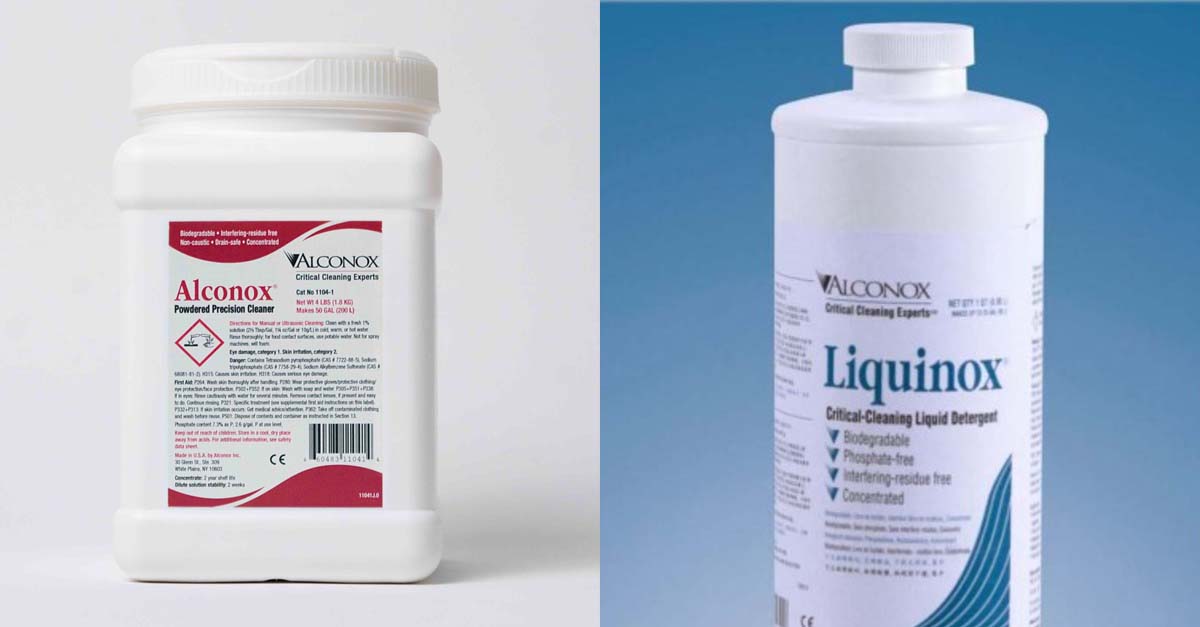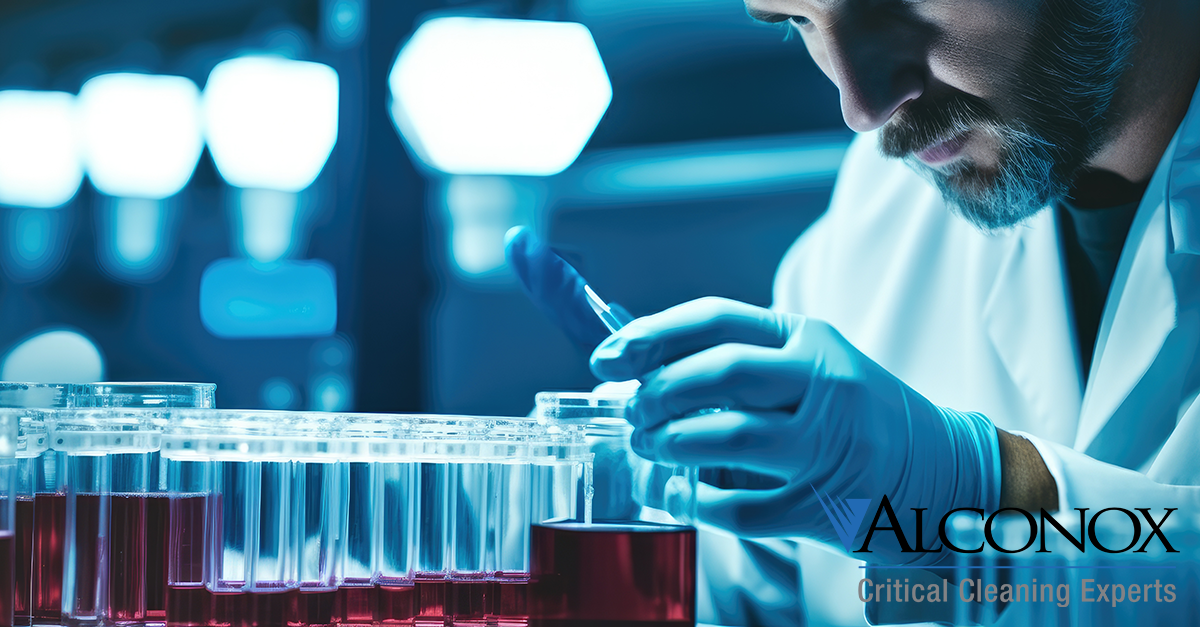
Q. I would like to know if our rinsing process (Ultrasonic Cleaning with Sterile distilled water for 10 minutes) is appropriate for rinse off. The parts we are cleaning are silicone orings.
A. Thanks for your question about the sufficiency of a 10 min. distilled water rinse in ultrasonics for cleaning medical device related silicon o-rings. Distilled water is generally fine for rinsing. The best rinse is a thorough running water rinse, or to have two or more rinse tanks – two counter flow cascade rinse tanks is an excellent rinse (where one tank spills over at a rate of 5% of the tank volume per rinse dwell time and you rinse going up stream, so the last tank is the cleanest tank), it is likely acceptable to simply rinse in 2 static tanks – 3 is better.
Another way to do adequate rinsing is to use very large rinse tanks relative to the quantity of parts being rinsed. With large tanks, two static rinses can be a very good rinse. With a very large tank relative to the size of the parts being rinsed, even a single tank can be sufficient. If you are rinsing less than 3% of the volume of the tank in parts and you rinse for 10 minutes in ultrasonics this is likely to be a sufficient rinse as long as you change your rinse water reasonably frequently. Ideally rinse with rinse water of the same temperature as your wash water so that you do not break any emulsions and redeposit oils in the rinse.
Bear in mind, with aqueous cleaning, the last thing to come into contact with the cleaned surface is the rinse water. Rinsing is where much of the actual removal of residues from the vicinity of the surface occurs. As a general rule of thumb, a proper thorough rinse will lower the concentration by at least 3-6 orders of magnitude. For medical device rinsing, distilled or reverse-osmosis grade water is typically used because it contains fewer organic contaminants (than deionized water may have for example).
This ensures and allows for a surface to be cleaned, thoroughly and completely, for subsequent steps including disinfection or sterilization. As indicated by the CDC. More specifically, residues left behind by a non free-rinsing cleaner can interfere with disinfection, such as an emollient forming a shield.
To request these or any Alconox, Inc. detergent for free, please complete the questionnaire at Get Sample. For more information about any one of our Alconox, Inc. detergents, consult the technical bulletin for each product. Or click here to access each of our detergent’s Safety Data Sheets.
Do you have a critical cleaning question for the experts at Alconox, Inc.? Search TechNotes to see if it’s been answered before or Ask Alconox.
Contact us any time: cleaning@alconox.com



